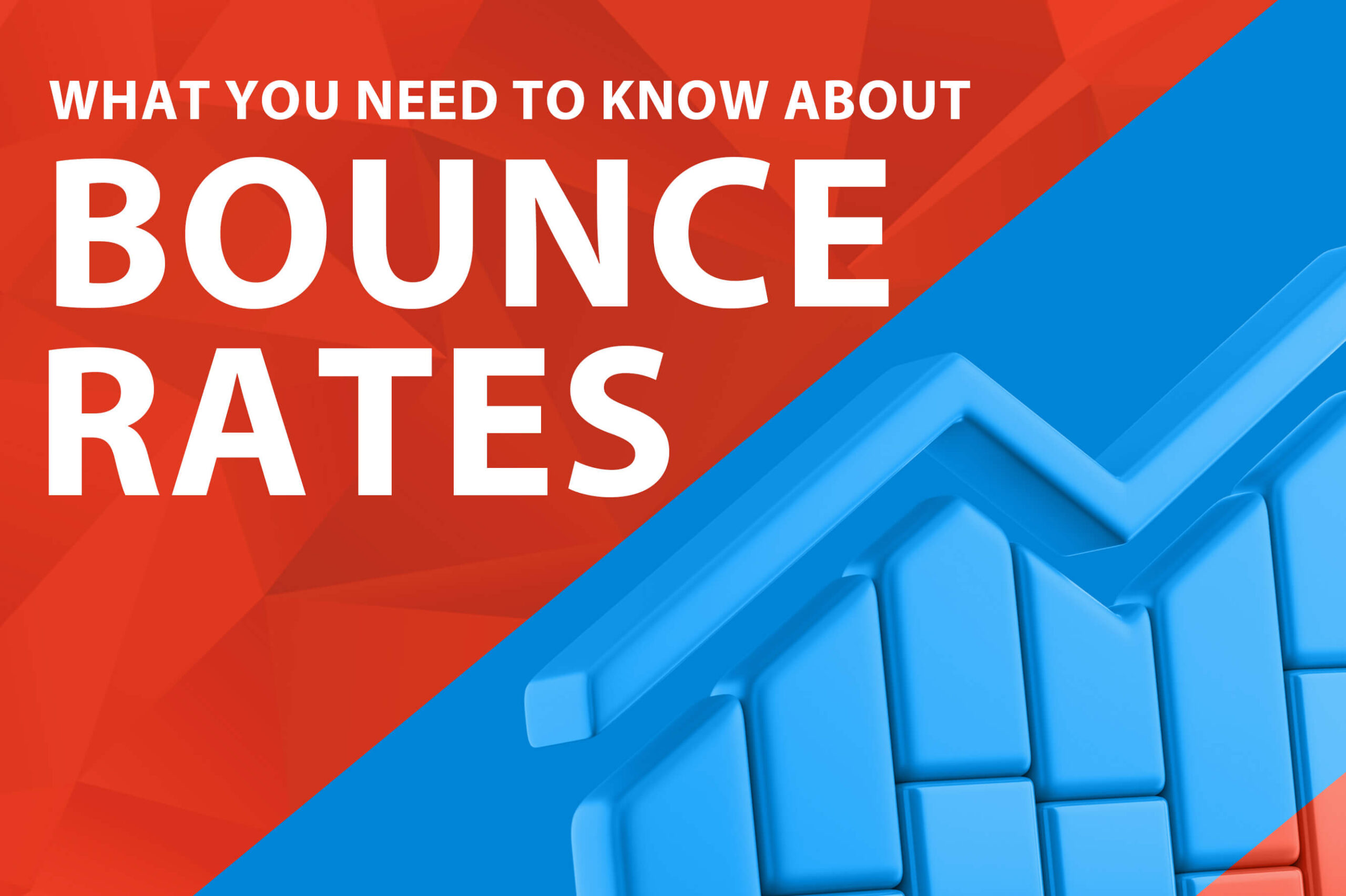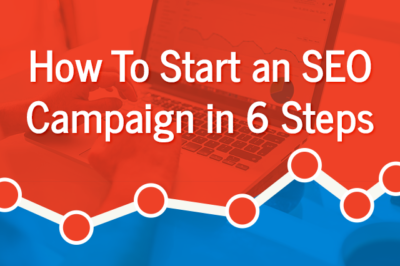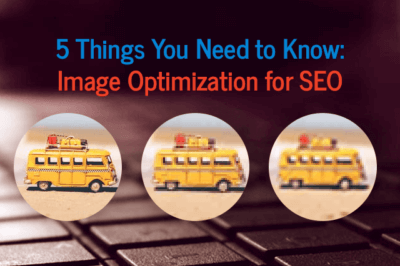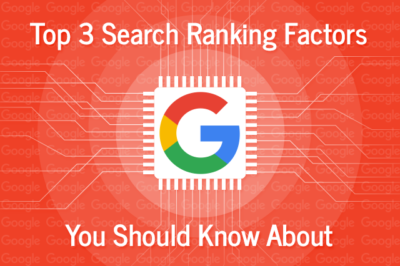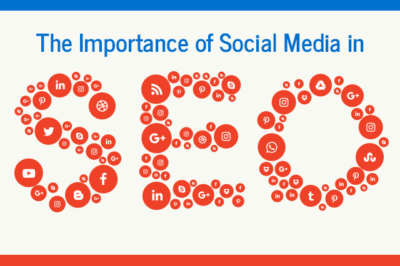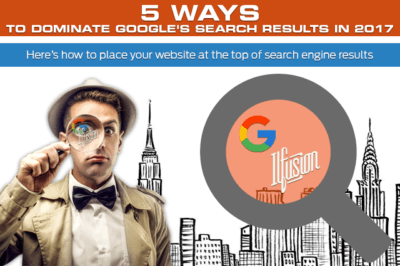What You Need to Know About Bounce Rates
In web analytics, bounce rate refers to the percentage of visitors who leave a website after viewing only one page. In other words, the bounce rate represents the proportion of single-page sessions where users did not interact further with the website.
Understanding how bounce rate works can help webmasters identify opportunities to improve the user experience (UX). Here’s a primer on what bounce rates are and how you can leverage them for your search engine optimization (SEO) efforts.
How Does Bounce Rate Affect SEO?
While bounce rate is not a direct ranking factor used by search engines like Google, it can still indirectly affect SEO. It also provides you insights into essential aspects in your strategy, such as:
- User Experience (UX): A high bounce rate might indicate that the website’s design, layout, or navigation is not user-friendly.
- Content Quality and Relevance: If users are bouncing from your site quickly, it may signal to search engines that your content is not valuable or relevant to their search query. This can hurt your SEO efforts, as search engines aim to provide users with the most relevant and high-quality content possible.
- Page Load Time: Slow-loading pages can lead to a higher bounce rate, as users are likely to leave if they have to wait too long for the content to load.
- Engagement Metrics: Bounce rate is often associated with other engagement metrics like dwell time and session duration. When users bounce, they spend less time on your site, which can be interpreted negatively by search engines.
Bounce Rate Formula: How to Measure Bounce Rate
Bounce rate is calculated by dividing the total number of single-page visits by the total number of overall visits (sessions) during a specific period. The resulting percentage represents the bounce rate.
For example, if a website has 1,000 total visits and 300 of those visits are single-page sessions, the bounce rate would be 30% (300 ÷ 1,000 = 0.3).
Good vs. Bad Bounce Rate
A low bounce rate typically indicates that visitors find the website or content interesting and relevant, leading them to explore more pages and engage further with the site.
A high bounce rate may indicate that the content or user experience on the website is not engaging enough, or that the visitors’ expectations were not met upon arriving at the site.
A low bounce rate, hence, is considered a “good” bounce rate, while a high bounce rate is considered “bad.”
As for the quantitative cut-off between good and bad bounce rates, that largely depends on the type of website or webpage. Generally speaking, the following rates can be used as guides:
- 26% to 40% is considered excellent
- 41% to 55% is roughly average
- 56% to 70% is higher than desirable
Any rate above 70% is considered very high and likely indicates a user experience or content issue that needs to be addressed.
Important note: It’s essential to consider the context and purpose of the website when interpreting bounce rate, as certain types of websites, like blogs or news sites, may have a naturally higher bounce rate due to their content structure and user behavior.
Homepages, landing pages, and product/service pages, on the other hand, typically should have lower bounce rates as they are designed to engage visitors.
How to Lower Bounce Rates and Improve SEO
Lowering bounce rates and improving SEO go hand in hand, as both involve enhancing user experience, content quality, and site performance. Here are some strategies to help you lower bounce rates and boost your SEO efforts:
1. Improve User Experience (UX)
Ensure your website has a clean design, easy navigation, and a logical layout that makes it simple for users to find the information they need.
Additionally, take careful consideration of your Core Web Vitals, such as loading speed, interactivity, and visual stability. All these factors can greatly improve user experience, and these also have a direct impact on your SEO performance.
2. Create High-Quality Content
Provide valuable, relevant, and engaging content that matches user intent and satisfies their needs. Focus on creating well-researched, in-depth articles or resources that address your target audience’s questions or problems.
It’s also essential to update content regularly. Outdated content can cause visitors to bounce quickly, so make sure your website has fresh content as much as possible.
3. Optimize Page Load Time
As was mentioned, slow-loading pages can lead to higher bounce rates. Page load times are also a direct ranking factor, especially for mobile traffic, so it’s important to prioritize this.
Optimize your site’s speed by compressing images, minifying CSS and JavaScript files, leveraging browser caching, and using a content delivery network (CDN).
4. Use Clear Calls-to-Action (CTAs)
Guide users towards desired actions with clear, compelling CTAs. Whether you want users to sign up for a newsletter, make a purchase, or read another article, make it easy for them to take the next step by using prominent buttons or links.
Internal linking goes hand in hand with CTAs too. Incorporating relevant internal links within your content guides users to other related pages on your site. This can help keep users engaged and encourage them to explore more of your website.
5. Analyze and Adjust
Monitoring your bounce rate and other data should be an ongoing process. Regularly review your site’s analytics data to identify pages with high bounce rates.
Investigate potential issues, such as poor content quality, technical problems, or misleading metadata, and continually make the necessary adjustments to improve user engagement.
Boost Your SEO with a Comprehensive Strategy
Bounce rates can be a good indicator of how well your website is performing and can have a direct impact on SEO. However, to maximize the success of your SEO efforts, a comprehensive strategy is essential.
This includes going beyond data analytics and focusing on other equally important factors, such as technical SEO, content quality, user experience, and more.
If you need any help with your SEO and digital marketing efforts, our experienced marketing team at Ilfusion is here to provide you with professional guidance and support.
Contact us today at 888-420-5115, or send us an email at [email protected] to get started!
Tags: bounce rates, search engine optimization, SEOCategorized in: Articles
